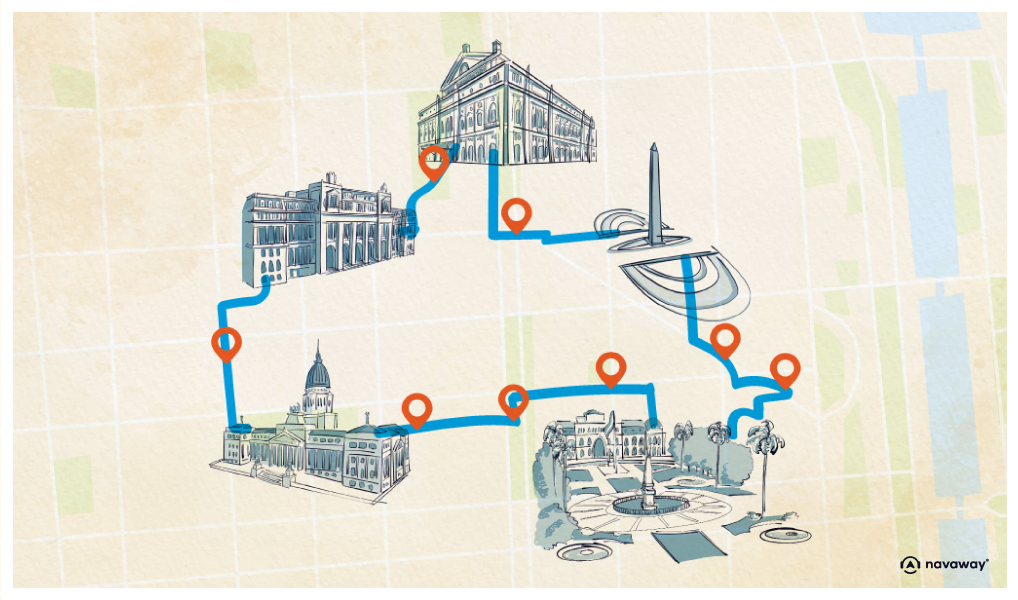
La Casa Rosada
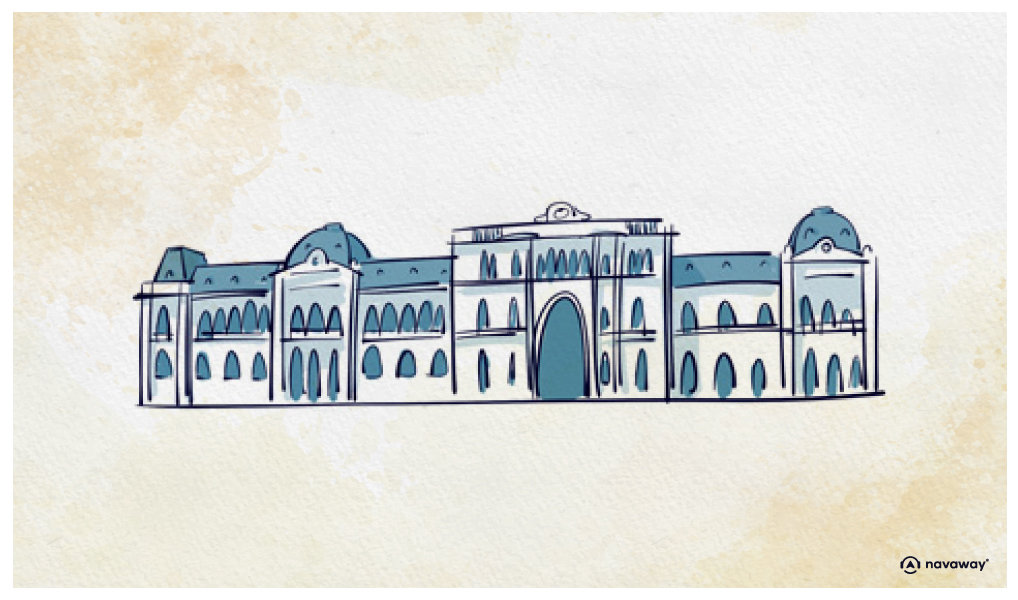
This point of interest is available as audio on the tour: Visit Buenos Aires, The soul of Argentina
Introducing the famous Casa Rosada, aka Pink House, on the iconic Plaza de Mayo. That’s right, the seat of the Argentinian government really is pink, just like its name suggests! But why this colour? People have been coming up with stories since the 1870s, some more believable than others. If you ask an Argentinian, they’ll most probably tell you that newly-elected President Domingo Sarmiento decided to mix the colors of the two opposing parties as a symbol of peace – white for the Unitarians and red for the Federalists, which gives us pink. Sounds pretty poetic, right? But here’s the catch: turns out the Unitarians’ color was more blue than white. Another less charming but probably more accurate story says they used to mix ox blood with white lime for stronger cement, which gave it that pinkish hue. Whatever the reason, the pink color stuck and it’s still the talk of the town. The Casa Rosada’s history goes all the way back to 1594. It was in that year that Fernando Ortiz had a royal fort built for the governors and viceroys of Spain. You see, back then, Argentina was part of the Spanish colony of South America. Shortly after Argentina’s independence, the first president of the Republic, Bernardino Rivadavia, took up residence in this very fortress! The Casa Rosada you see today is actually the work of three architects from three different countries. Let me explain. In 1850, the old fort was demolished and an English architect was commissioned to build a customs house in its place. In 1862, the government finally moved in, but there was still a lot of extra space. So they hired a Swedish architect to build a post office next door. Last but not least, an Italian architect came along to connect the two buildings with a grand archway, now the main entrance. The Casa Rosada has been the presidential residence ever since. It was from this balcony that the famous Perón couple delivered their speeches to the crowds. Until 2010, the basement even housed the Government House Museum. It’s been moved a few metres down the road at the Bicentennial Museum. There, you can learn all about Argentina’s different presidents and get a better understanding of the country’s eventful political history.

Discover other tours to visit Buenos Aires

Discover Buenos Aires with app
An interactive guide through the most beautiful streets, squares, and districts
18 fun audioguides full of historical facts, anecdotes, and legends
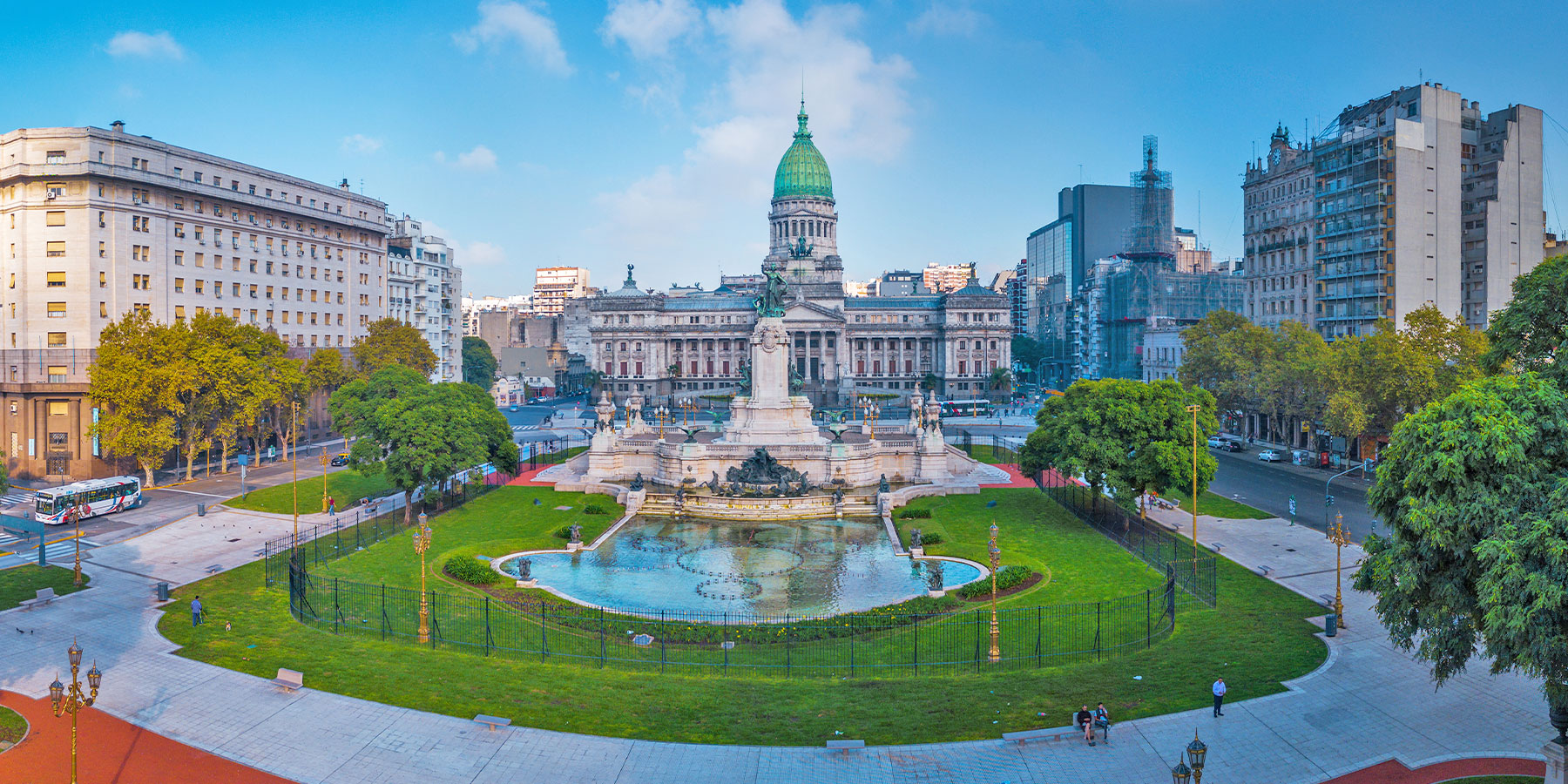
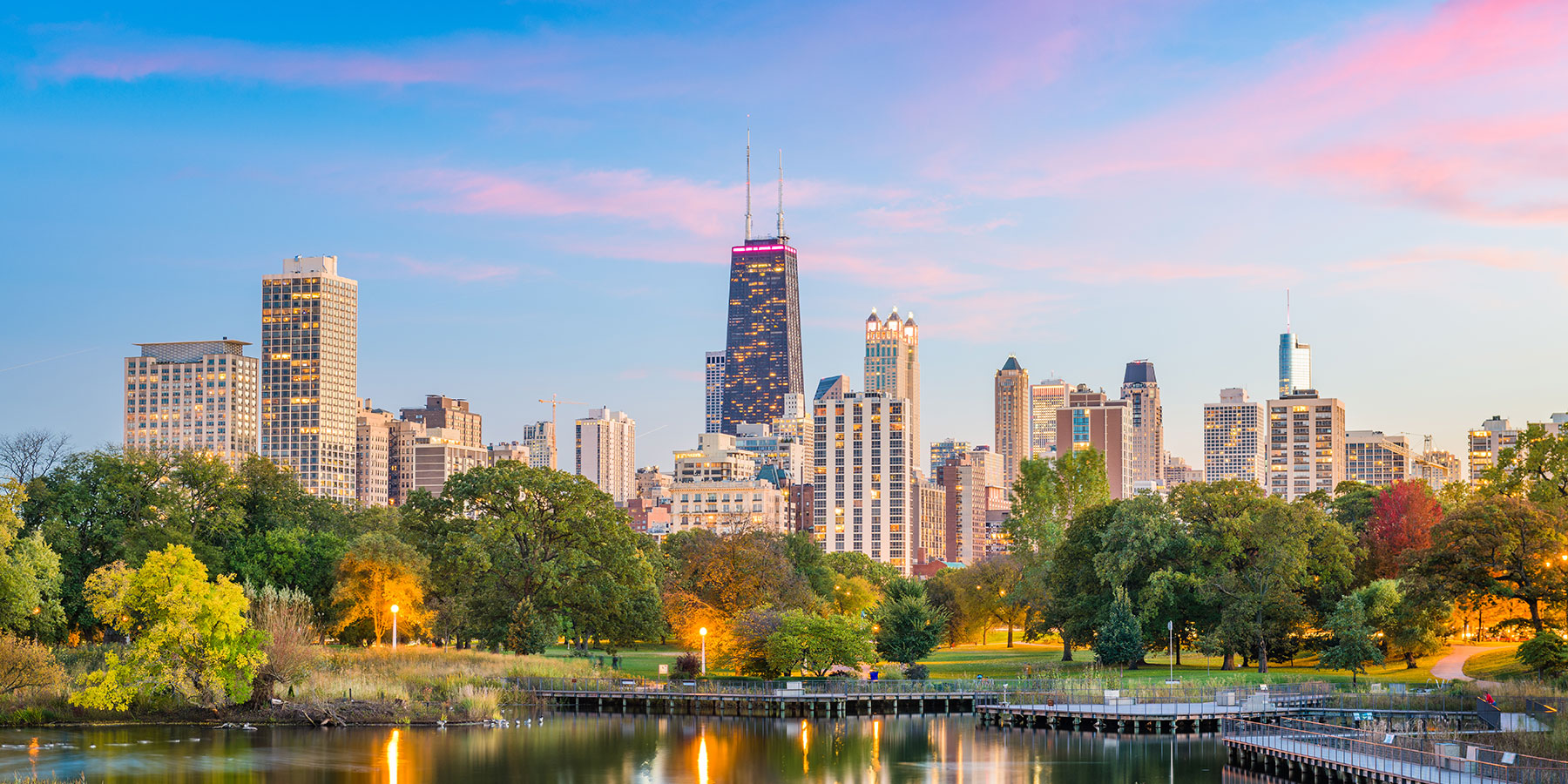
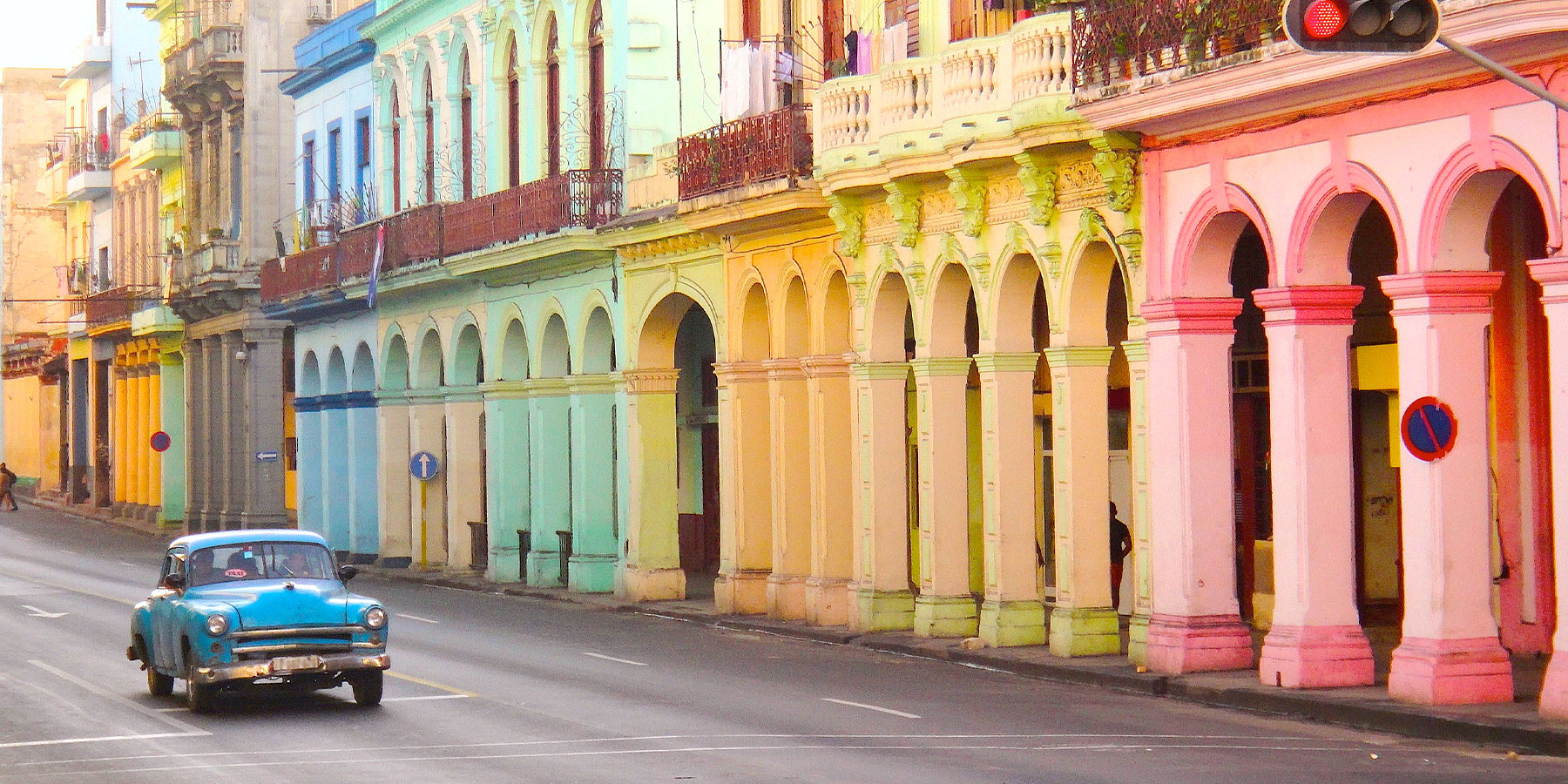
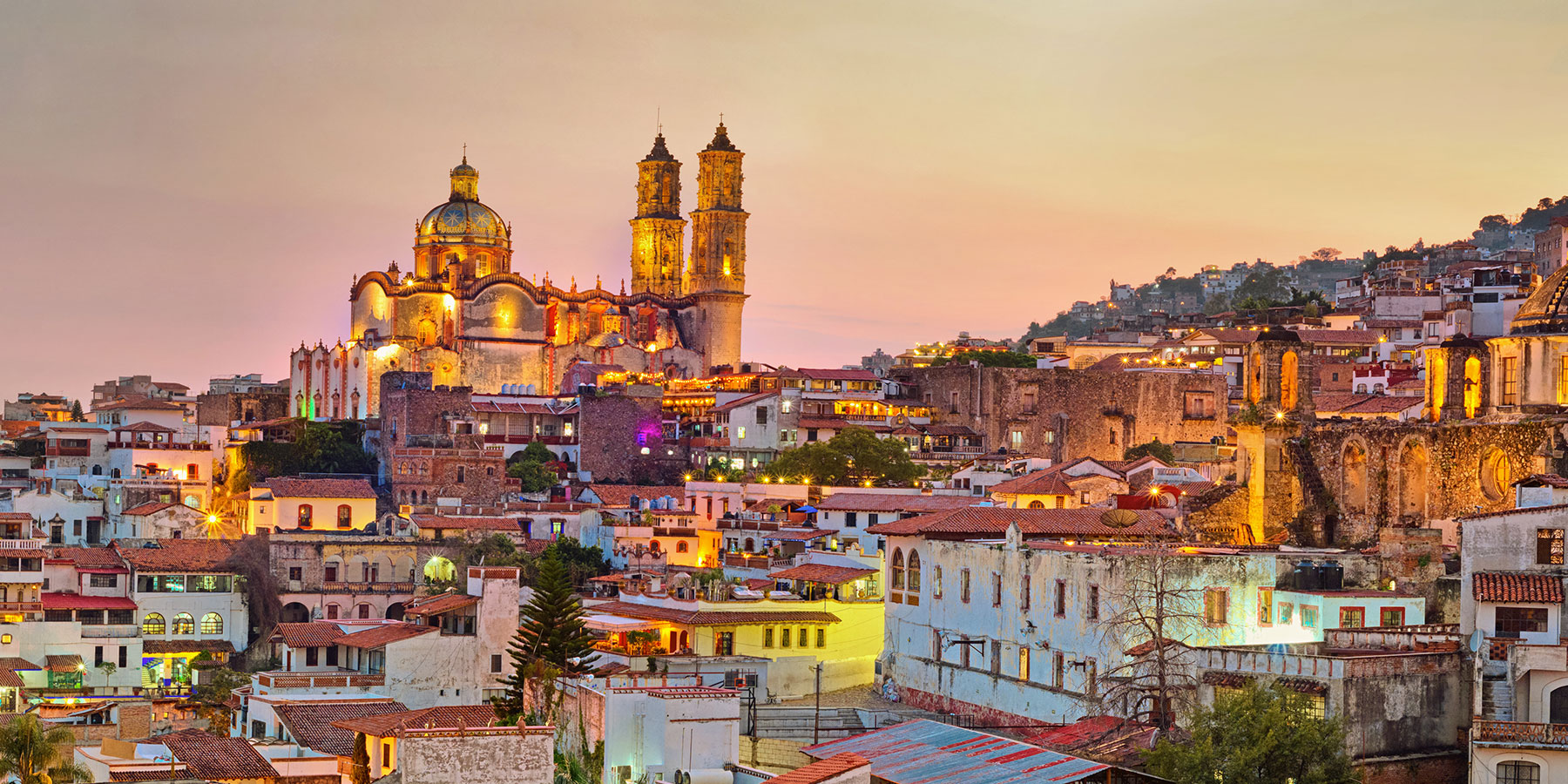


Comments